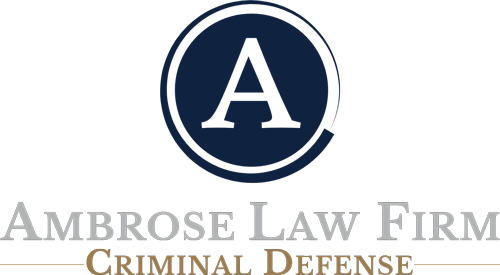[column parallax_bg=”disabled” parallax_bg_inertia=”-0.2″ extended=”false” extended_padding=”true” background_color=”” background_image=”” background_repeat=”” background_position=”” background_size=”auto” background_attachment=”” hide_bg_lowres=”false” background_video=”” vertical_padding_top=”0″ vertical_padding_bottom=”0″ more_link=”” more_text=”” left_border=”transparent” class=”” id=”” title=”” title_type=”single” animation=”none” width=”1/1″ last=”true”]
[column_1 width=”1/4″ title=”” title_type=”single” animation=”none” implicit=”true”]
[/column_1]
[column_1 width=”1/2″ last=”true” title=”” title_type=”single” animation=”none” implicit=”true”]
If you hire a hitman to take out your horrible boss; if you give your bookie your neighbor’s garage code and the location of the keys for their ’67 Mustang; if you drive the getaway car for your girlfriend after she steals Justin Bieber’s diamond earrings; then you may be criminally liable for aiding and abetting (a.k.a. accomplice liability).
But, just helping someone commit a crime is no longer enough to be held liable. Having foreknowledge that your bookie will actually commit a crime and steal your neighbor’s ’67 Mustang is an essential element for accomplice liability in Minnesota.
In most cases, there were only two main elements to prove accomplice liability prior to the Minnesota Supreme Court’s decision in State v. Mahkuk in 2007. One, a person must “intentionally aid, advise, hire, counsel, or conspire with another to commit a crime.” Two, the other person must actually commit a crime. In Mahkuk, foreknowledge that a crime will be committed was added to the intent element of aiding and abetting. Specifically, did the person (1) know that his alleged accomplices were going to commit a crime; and (2) did the person intend his presence or actions to further commission of that crime? The Minnesota Supreme Court reaffirmed the foreknowledge requirement again five years later in State v. Milton.
In 2014, the Minnesota Supreme Court again addressed the application of the foreknowledge requirement in State v. Kelley. In Kelley, the jury received an erroneous jury instruction on accomplice liability, which did not include the foreknowledge requirement. Even though the district court instructed the jury to the law at the time – pre Milton, it plainly erred by the time appellate review occurred. But, the supreme court ruled that erroneous jury instruction did not affect Kelley’s substantial rights in light of the totality of the evidence.
Last week, in State v. York, the Minnesota Court of Appeals reversed a conviction for accomplice liability based on another erroneous jury instruction for accomplice liability. Again, the instruction failed to include the foreknowledge requirement. In fairness, as the court of appeals noted, the standard CRIMJIG has not been updated yet to include this requirement. Even so, the error was plain and it affected York’s substantial rights. Therefore, the court reversed the conviction and remanded the case back to the district court to include the proper jury instruction.
Approximately eight years after Mahkuk, it seems the CRIMJIG will finally be accurate. If it is not, make sure to propose an instruction including the foreknowledge requirement.
Robert H. Ambrose is a criminal defense attorney in Minneapolis, Minnesota. He represents people across the state of Minnesota charged with anything from Misdemeanor DWI to Felony Aiding and Abetting. For the past two years, the National Trial Lawyers Organization named him a “Top 40 Under 40” trial lawyer.
[/column_1]

